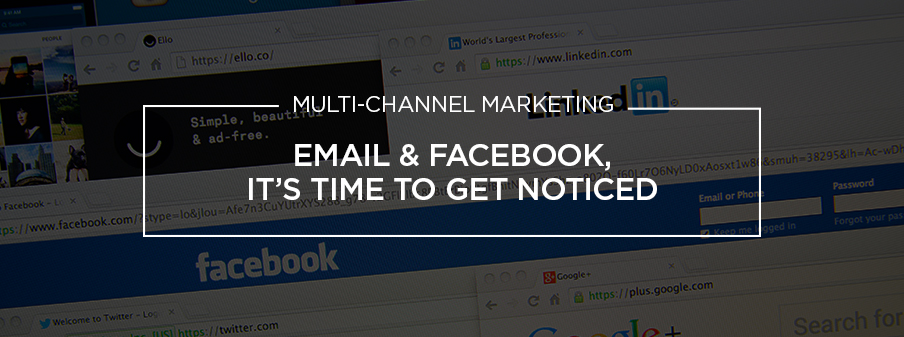How To Measure Your Email Marketing ROI
Email marketing is a cost-effective way to drive in traffic and introduce your brand to a new audience. You can target recipients based on hundreds of attributes including their age, gender, location, personal interests, credit score, shopping habits, job title, if they have children, if they are married, political affiliation and so much more. There’s no denying the benefits it can bring your marketing campaign.
However, one of the issues that comes up for businesses is how to measure it’s ROI. Strong campaigns send out multiple emails to the same audience, reminding them again and again of the brand and promotion. It’s impossible to expect results after a single campaign and it needs to be reinforced with strong content and other marketing services. These metrics will help you to more accurately measure the ROI of your campaign:
- Opens: What percentage of the recipients opened the message. If you are sending a first-time campaign to people who have never heard of you before, this could be the most important stat. The reason is because these people were interested in your message and wanted to read it. Even if they did not click on anything, they still took the time to read your content and will now be familiar with your brand on the next send.
- Clicks: A click is a great indicator that your content was strong and that recipients were interested in it enough to grab more information. If they click on a link within the content, chances are they will spend a respectable amount of time on your site, researching other information you’re offering and learning more about your services and products.
- Form Fills: Rather than focusing on sales your goal should be to get people to fill out forms or sign up for more information. This shows that they are seriously interested in what you are offering but also keeps the pressure on them to respond. If you just send someone a random image asking them to buy something, chances are you are not going to see the results you want. However, if you can get them to fill out a form and develop a long-term relationship with them, it increases your chances of getting them in the door.
- Value of lifetime customers: In order to set realistic expectations, you have to know what the lifetime value of a customer is. For example, the LTV of someone who is buying a phone charger may not be that high. However, if it’s someone signing up for insurance, monthly subscriptions, dental services or something like that, their value is much higher.
- Usual cost per acquisition: Another way to have realistic expectations is to get an idea of what the usual cost is to acquire a new customer. Do you have to spend thousands of dollars to get that person? This is important for ensuring that you are investing a realistic amount into a campaign. If you usually need to invest hundreds of dollars per customer, then a small email campaign cannot be expected to produce results.
- Retargeting numbers: One of the best marketing services to incorporate with email is retargeting. If someone clicks on your link and goes to your site, retargeting allows ads to follow them around for months, increasing chances of a conversion. Once the campaign is sent out, you should monitor your retargeting numbers to see if they go up.
- Business listings: This is an area that businesses often overlook. Whenever a new campaign is sent out, especially one where content is sent directly to people, business listings need to be monitored. The reason is because they will show you how many times someone went to Google and researched your company. How many times was your brand searched? Did they ask for directions to your office or for your phone number? Did they visit your site again after reading information about your business, reviews, how active you are on social media and more?
Understanding how to accurately measure the results from your email marketing campaign is the only way to tell if it produced a strong ROI. If you send out a single campaign and expect immediate sales, you probably are going to be disappointed. It’s about reaching the consumer dozens of times until they feel comfortable with your brand and content and want to do business with you.













